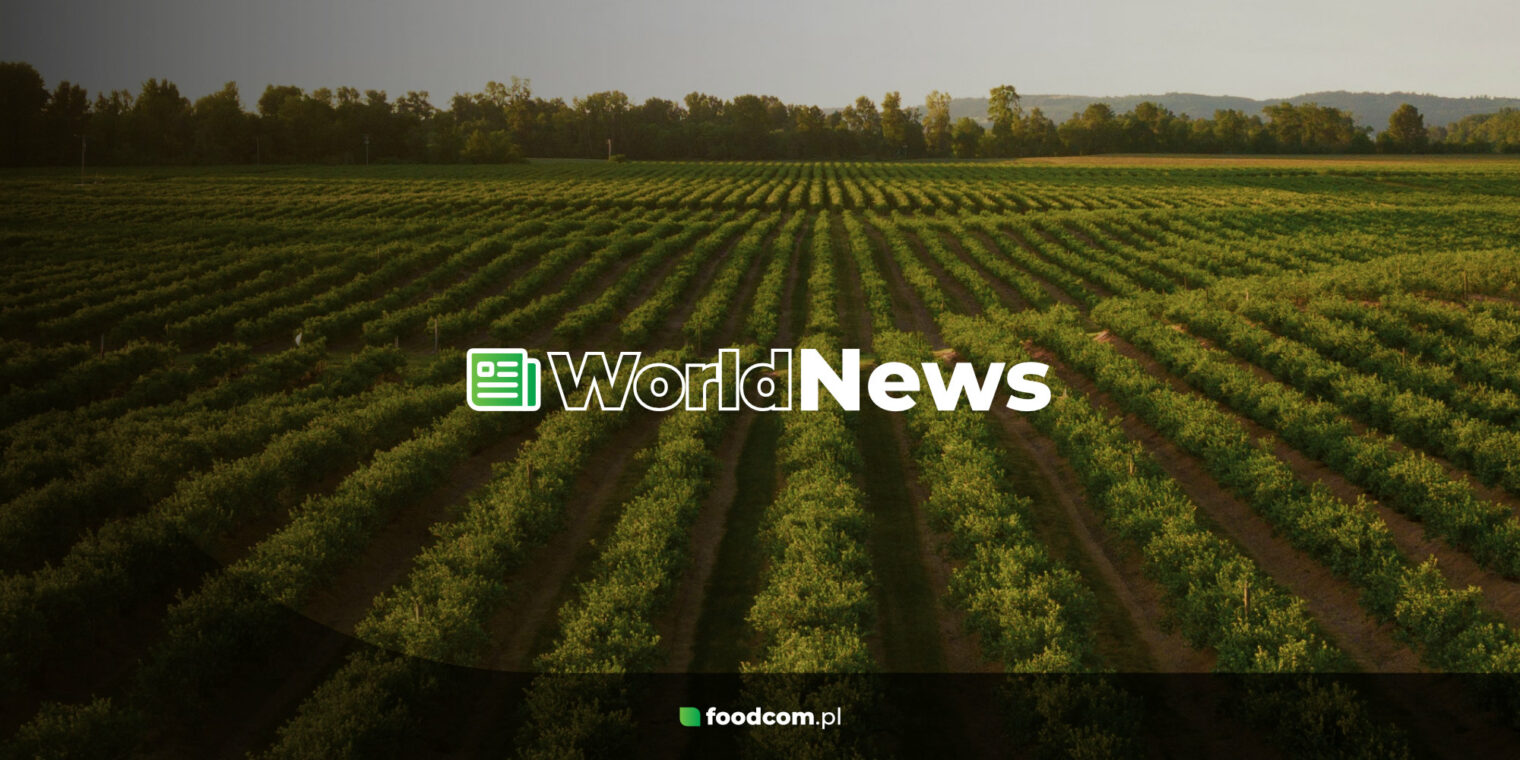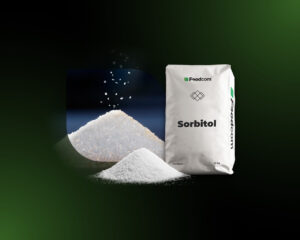Wissen Sie, warum die Sojapreise diese Woche einen Rekord brechen? Lesen Sie, wie schrumpfende globale Vorräte und der boomende Bedarf aus China die Sojapreise in den USA auf über 13 US-Dollar pro Scheffel getrieben haben. Sehen Sie sich auch an, wie sich die Preise auf die Prognosen für den Sojaanbau in der kommenden Saison auswirken.
Anstieg der Sojapreise
Die Sojapreise brechen seit Anfang 2021 immer wieder Rekorde. Die Endbestände werden auf 120 Millionen Scheffel geschätzt, was im Vergleich zum Vorjahr einen Rückgang von 405 Millionen bedeutet. Schrumpfende Vorräte und plötzliche Nachfrage aus China haben die Preise auf ein Niveau getrieben, das seit 2014 nicht mehr gesehen wurde. Der WASDE-Bericht prognostiziert, dass der durchschnittliche Saisonpreis für Sojabohnen in den USA bei 11,15 US-Dollar pro Scheffel liegen wird, aber in der letzten Woche wurden Zahlen von bis zu 14 US-Dollar pro Scheffel gesehen. Außerdem gingen die Sojapreise im März nicht unter 13,56 US-Dollar, und seit Jahresbeginn lagen die Zahlen über 13 US-Dollar. Die Preise für Sojamehl liegen bei 400,00 US-Dollar pro Tonne. Im März stiegen die Preise in den USA gegenüber dem gleichen Monat des Vorjahres um über 53%.
Produktion von Sojabohnen
Nach Meinung von Experten werden höhere Preise die Bauern dazu veranlassen, ihre Flächen für den Sojaanbau im kommenden Jahr zu erweitern. In den USA wird eine Gesamtanbaufläche von Sojabohnen von 83,1 Millionen Acres geschätzt – eine Zunahme von 76,1 Millionen im Jahr 2019/2020, aber nicht so viel wie die berechneten 89,2 Millionen im Jahr 2018/2019. Die Erträge pro geerntetem Acre werden auch um 0,4 Millionen im Vergleich zu vor zwei Jahren erwartet. Dennoch sind die Preise wesentlich höher, mit einem Anstieg von durchschnittlich 8,48 US-Dollar pro Scheffel im Jahr 2018/2019 auf den aktuellen Durchschnittspreis für Sojabohnen von 11,15 US-Dollar.
Die Prognose für die globale Sojaproduktion im März liegt bei 361,82 Millionen metrischen Tonnen, wovon die USA für 112,55 Millionen verantwortlich sind. Eine höhere Sojaproduktion wird für Brasilien geschätzt – die Prognosen wurden um 1 Million Tonnen auf insgesamt 134 Millionen erhöht.







